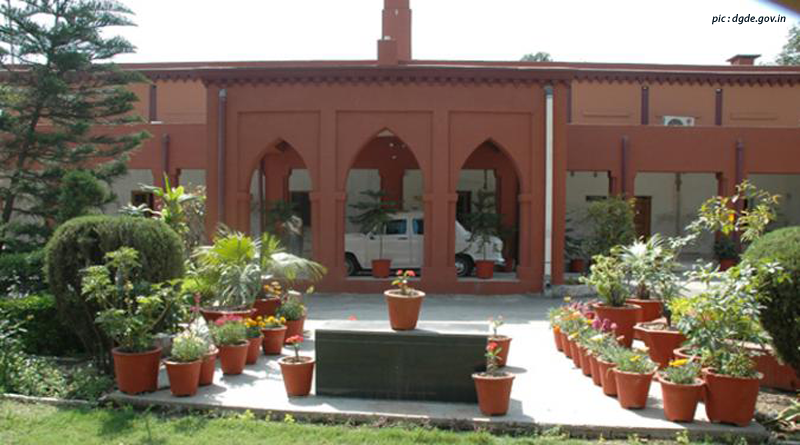Indian Army Inaugurates Its First MW sized Solar Power Plant

The Indian Army just inaugurated its first 1MW solar plant at the Ambala Cantonment Area. The simple yet impressive ceremony was head by Lt General Alok Kler, the Corps Commander of 2-Corps.
Garrison engineer, Major Arun Kumar Umar, who supervised the construction project, announced that the facility was spread over an area of five acres and consisted of 3120 solar panels.
The complex is integrated with the 66kv substations that supply electricity to the Ambala Cantonment. The total cost of construction was 5.91 crore and the plant is estimated to generate 14,50,000 units of electricity annually, saving Rs.1.50 crore expenditure on electricity every year.
The plant is established under the aegis of Headquarters 2-Corps. This was conceptualized and planned as a part of the ‘go green’ initiative, which was announced in 2015 where the Indian Army aimed to set up 300MW grid-connected and off-grid solar photovoltaic power projects by 2019. The project sizes will be between 1 megawatt and 20 megawatts, as per the ministry of new and renewable energy.
The inauguration comes days after the Army expressed its interest in looking for more durable energy systems for high altitudes, comprising of renewable energy in place of fossil fuels, which have their share of transportation and management hassles. This project is placed under the Technology Development Fund scheme and the Army is discussing it with industry and subject experts.
“These sources of energy are not susceptible to mechanical breakdown. There are also no transportation issues. Some of these technologies are more durable to withstand vagaries of nature. As they are quiet, they will also not give away your location to the adversary,” an officer said.
Jawans deployed at altitudes as high as 22,000 feet in the northern and eastern sectors have to deal with sub-zero conditions almost throughout the year. This is why it’s essential to supply uninterrupted electricity so that the Jawans can carry out daily activities like cooking, heating, boiling water and recharging batteries of communication and surveillance devices. Due to the absence of regular electricity, generators are used at present.
The progress of the forces with renewables is particularly important for some of the more strategically important hotspots in the country, which also happen to be environmentally sensitive. Be it Ladakh, Andamans, or the Lakshadweep islands, all of these have been dependent on military-run generators till recently, with only now, efforts being made to wean them off the DG culture.
copyright:iamrenew.com




